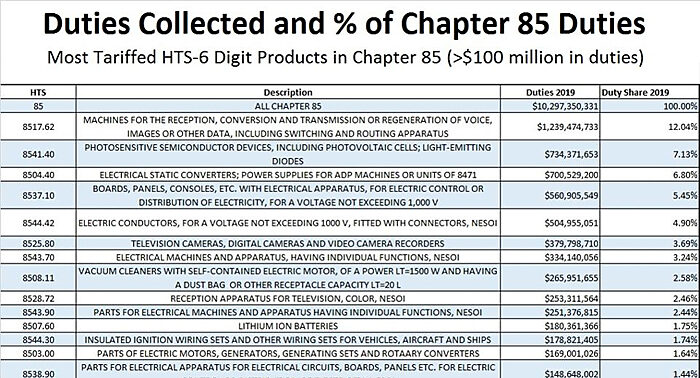Well, in one sense, Trump is right. U.S. tariff coffers are overflowing with record amounts of duties collected on imports. However, the money isn’t “coming into” the country. It’s already here. It’s just being transferred from U.S. businesses—mostly manufacturers—to the U.S. government. The implication that the “money coming into the USA” is some windfall courtesy of foreign producers and governments is utterly false. Trump is playing a shell game here, hoping the public will lose sight of the ball. He’s eager to conceal that he is stealing from the manufacturing sector to buy farm state votes.
For many decades, annual U.S. tariff “revenues” (to be clear, they’re revenues to the government, but costs to the private sector) as a percentage of annual U.S. import value was remarkably consistent. Between 2001 and 2016, for example, annual tariff collections amounted to between 1.2 percent and 1.7 percent of the value of total imports. In 2017, the last year unaffected by Trump’s trade policies (tariffs didn’t start until 2018), U.S. import value totaled $2.33 trillion and the $33 billion of duties collected on those imports amounted to a trade-weighted average tariff of 1.4 percent—precisely, the average over the previous 16 years.



